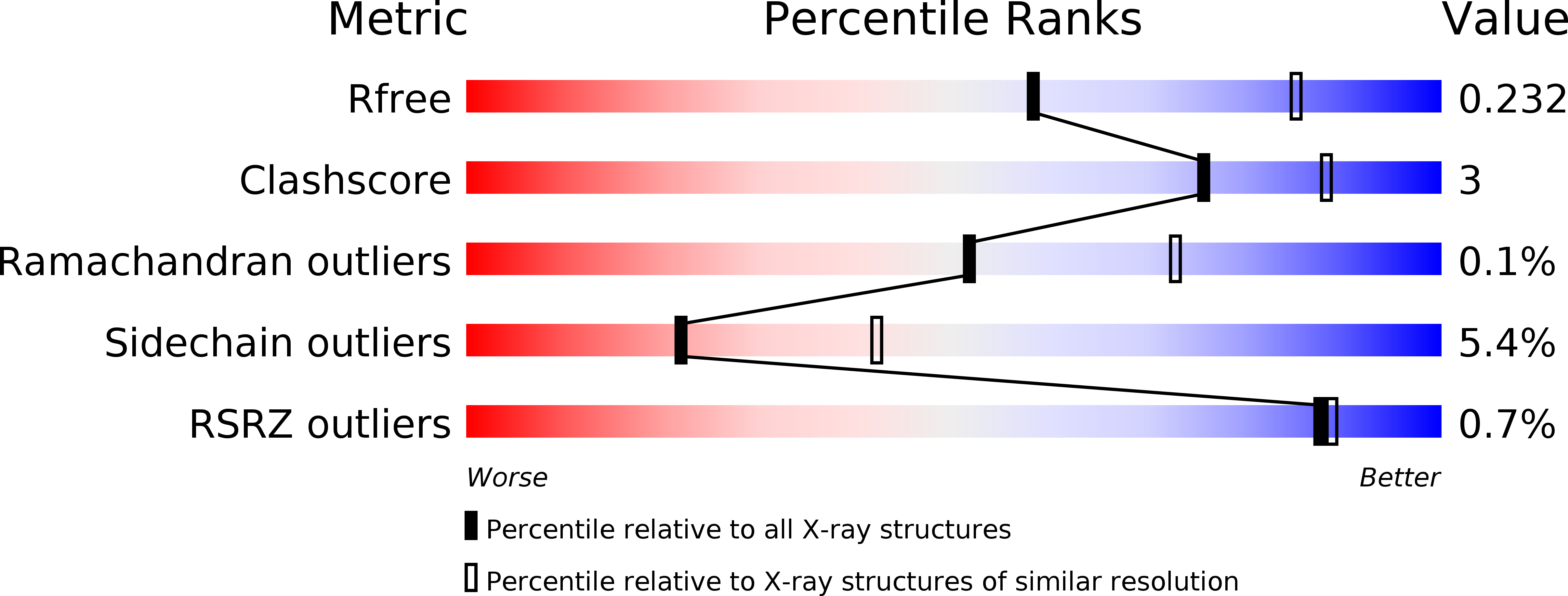
Deposition Date
2016-03-03
Release Date
2016-07-20
Last Version Date
2024-01-10
Method Details:
Experimental Method:
Resolution:
2.50 Å
R-Value Free:
0.23
R-Value Work:
0.18
R-Value Observed:
0.18
Space Group:
P 6 2 2


